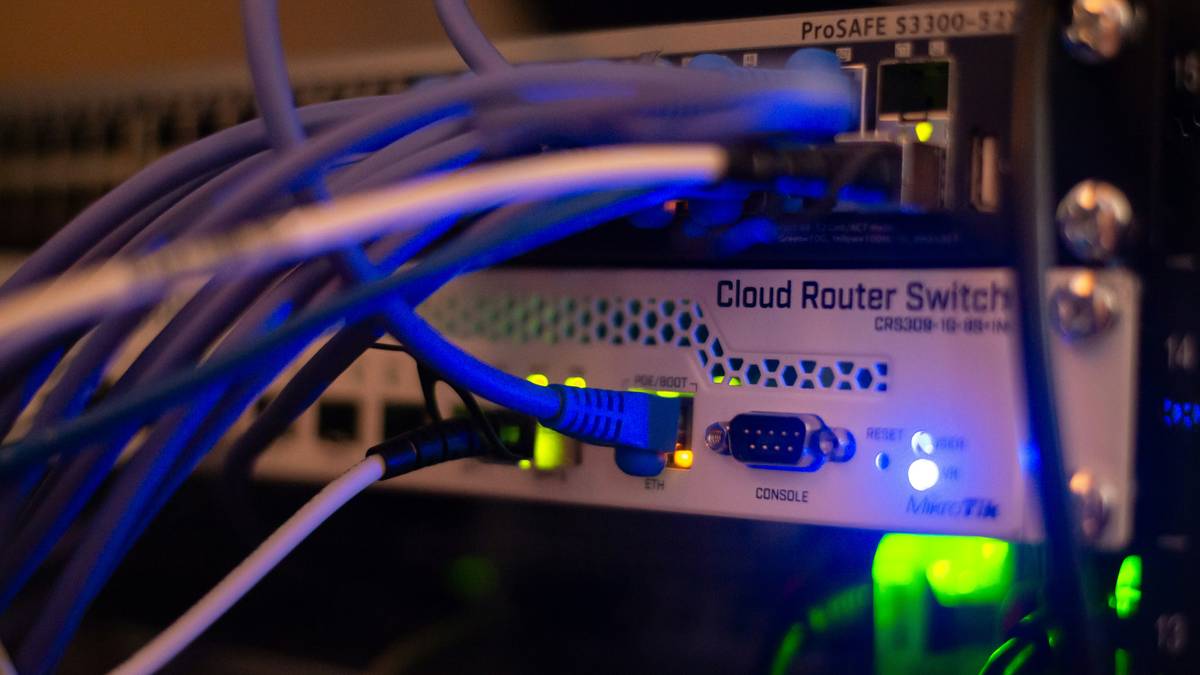Ever wondered how a single server crash can bring an entire company’s operations to a standstill? Yeah, that’s what happens when fault tolerance and cybersecurity standards aren’t taken seriously. In 2022 alone, the average cost of downtime due to system failures was a staggering $5,600 per minute, according to Gartner. That’s not just money lost—it’s trust, productivity, and customer loyalty evaporating into thin air.
In this post, we’ll unravel how cybersecurity standards play a pivotal role in building robust fault-tolerant systems. You’ll learn why these standards matter, how to integrate them into your data management strategy, and some brutally honest tips about avoiding common pitfalls. Let’s get into it.
Table of Contents
- Key Takeaways
- The Problem with Poor Fault Tolerance
- Step-by-Step Guide to Implementing Cybersecurity Standards
- Tips for Building Resilient Systems
- Real-World Examples of Success (and Failure)
- FAQs About Cybersecurity Standards and Fault Tolerance
Key Takeaways
- Cybersecurity standards are foundational to ensuring fault tolerance and minimizing downtime.
- Failures often stem from neglecting compliance and overlooking redundancy measures.
- A well-planned implementation strategy includes regular audits, employee training, and continuous monitoring.
- Ignoring cybersecurity standards can lead to devastating financial and reputational losses.
The Problem with Poor Fault Tolerance

I once worked on a project where our team deployed a new database system without implementing proper fault tolerance protocols. It seemed fine—until one day, during peak business hours, the primary server overheated and crashed. The backup? Nonexistent. “Whirrrr,” went my laptop fan as I scrambled to salvage the situation while angry clients flooded our support lines.
This is more than just a cautionary tale; it’s a reflection of reality. Without adhering to cybersecurity standards like ISO/IEC 27001 or NIST SP 800-53, organizations leave themselves vulnerable to unplanned outages and cyberattacks. These frameworks provide guidelines for designing resilient systems capable of withstanding failures while maintaining data integrity.
Step-by-Step Guide to Implementing Cybersecurity Standards

Optimist You: *“Let’s follow these steps to build a bulletproof system!”*
Grumpy You: *“Ugh, fine—but only if coffee’s involved.”*
Here’s how to do it:
### Step 1: Assess Current Systems
Conduct a thorough audit of your existing infrastructure. Identify weak points, outdated software, and areas lacking redundancy. Tools like Nessus or Qualys can help scan for vulnerabilities.
### Step 2: Choose Appropriate Standards
Select standards that align with your industry. For example:
- ISO/IEC 27001: General information security.
- NIST SP 800-53: Federal agencies and contractors.
- GDPR: Data privacy for EU citizens.
### Step 3: Design Redundancy Mechanisms
Implement failover systems, RAID configurations, and cloud backups. No single point of failure should exist in your architecture.
### Step 4: Train Your Team
Employees are often the weakest link in cybersecurity. Conduct workshops covering topics like phishing prevention and incident response plans.
### Step 5: Perform Regular Audits
Compliance isn’t a one-time thing. Schedule quarterly reviews to ensure adherence to selected cybersecurity standards.
Tips for Building Resilient Systems

Here are five snappy best practices:
- Invest in Automation: Automate routine tasks like patch updates to reduce human error.
- Monitor Continuously: Use tools like Splunk or Datadog to track system performance in real time.
- Prioritize Encryption: Protect both data at rest and in transit using advanced encryption protocols.
- Plan for Disaster Recovery: Test your disaster recovery plan annually—don’t wait for a crisis.
- Avoid This Pitfall: Never assume that basic antivirus software equals comprehensive protection.
Real-World Examples of Success (and Failure)
Rant Alert: Can we talk about Facebook’s infamous outage in October 2021? The platform went offline for nearly six hours because of DNS configuration errors—a glaring violation of basic fault tolerance principles. Meanwhile, companies like Netflix have set gold standards by rigorously testing their systems through chaos engineering experiments.
FAQs About Cybersecurity Standards and Fault Tolerance
Why Are Cybersecurity Standards Important?
They provide a framework for protecting sensitive data, reducing risks, and ensuring operational continuity.
Which Standard Should I Follow?
The right choice depends on your industry and region. Consult legal experts to determine applicable regulations.
What Happens If I Ignore Compliance?
You risk hefty fines, lawsuits, damaged reputation, and prolonged downtime during crises.
Conclusion
Fault tolerance isn’t optional—it’s mission-critical. By embracing cybersecurity standards, you’ll fortify your systems against unexpected failures and cyber threats. So next time someone asks, “Why bother with all these rules?” remind them: “Because whirrrr-free success tastes sweet.”
Like a Tamagotchi, your SEO needs daily care.


